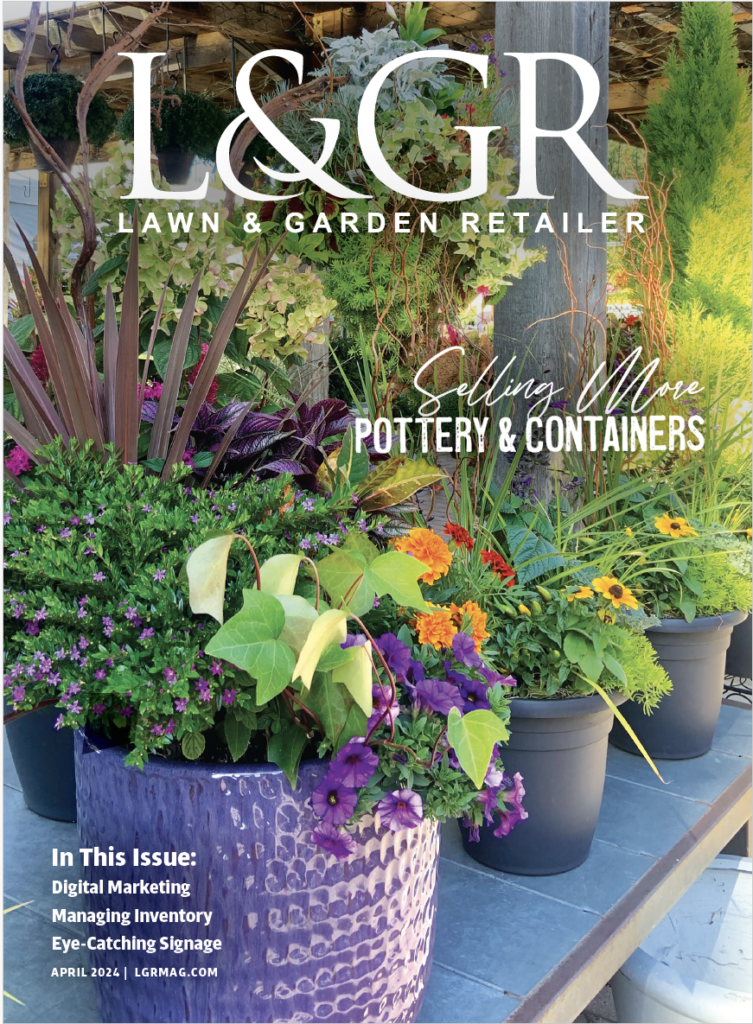Reach Out and Touch Someone
Ed Bemis’ garden center was full of poinsettias with no place to go. After an ice storm in December, he had leftovers to give away but no customers to take them. So he sent out an e-mail.
“In less than an hour, we had someone in the store taking us up on the offer,” says Bemis, an owner of Bemis Farms Nursery in Spencer, Mass.
But e-mail updates haven’t just cleared Bemis’ leftover merchandise. Frequent e-mail newsletters, or e-newsletters, have recruited more people for events, increased loyalty among customers and boosted sales. “It’s a bit like cementing a friendship,” Bemis says. “The more often you hear from someone, up to a point, the closer you feel to that person or business.”
Customer communication shouldn’t stop at the sale. Meaningful e-newsletters after the sale can keep customers coming back for more. But approaching e-newsletters with a promotion-first mindset can leave customers feeling cold.
After all, personal and meaningful service makes independent garden centers different from big box stores, says Kurt Fromherz, owner of Sunrise Marketing in Hartford, Conn. E-mail can be a reflection of that intimacy.
“Ultimately, there are very few media that allow you to have as direct and personal a dialogue as e-mail,” he says.
Quick, Cheap and Easy
E-mail has two main benefits over other communication types: speed and low cost, says Dave Coursen, the CEO and co-founding partner of dataKart, an e-mail marketing and business reporting software. But it also helps that e-mail is wildly popular. “Garden centers need to stay in front of their consumers and be willing to use the channels they accept,” Coursen says. “Electronic communication has caught on everywhere.”
E-newsletters are also relatively easy to create, thanks to a host of programs that manage the entire process, from creation to delivery. Garden centers must only plug in the content. Since 2006, Bemis has used Constant Contact for his 1,800-subscriber e-newsletter after experiencing a “logistical nightmare” trying to handle it in house. For about $30 a month, the Web-based service manages Bemis’ subscriber list, provides e-mail templates, delivers the newsletter and tracks its success. Costs for the service are based on the size of the e-mail list.
Bemis sends the e-newsletter once every three weeks during the off-season and every two weeks in season. He also sends newsletters for the unexpected, such as frost warnings on unseasonably cold days or special promotions.
“It allows us to contact folks on a really timely basis and react to current situations,” he says.
Chris Kennedy, manager of Kennedy’s Country Gardens in Scituate, Mass., uses MailerMailer, a similar program, to manage his e-mail newsletters, which go out to about 1,200 subscribers. Rates for MailerMailer are based on the number of messages sent. For sending up to 20,000 messages, it costs about $30 a month. Rates may vary by the software, but e-mail costs much less than direct mail, which can reach sums of thousands of dollars for one campaign, Kennedy says. “The advantage of doing it through a company is that they do so many things we don’t see,” Kennedy says. “They do all the technical things that I can never do.”
Coursen’s dataKart costs about $1,750 for its implementation and then $3,700 per year, with no limitations on support calls or e-mails sent. In addition to handling e-mail marketing and tracking different business metrics, the software allows garden centers to communicate with customers based on what they buy.
Through integration with point-of-sale software, such as Activant, CounterPoint and SBI, dataKart can automatically fire off e-mails based on what a customer purchases. For instance, a customer who buys hydrangeas in the spring would likely be interested in an e-newsletter containing tips on overwintering hydrangeas later in the year. “This allows a garden center to interact with the customer and not let the sale end at the cash register,” Coursen says. Most POS software programs allow users to export lists and then upload them into e-mail marketing software, too, but integration removes the extra step.
Bemis also has seen growth in sales using the e-newsletter, since users can select topics they’re interested in when subscribing to it. Bemis then can target messages to topic-specific e-mail lists. “Our customers feel like we’re in closer contact,” he says.
Some garden centers outsource e-marketing and e-newsletters to outside companies, such as Fromherz’s Sunrise Marketing. Beaver Bark Gift & Garden Center, Lawn & Garden Retailer’s Merchandiser of the Year, works with a company called Garden Center News to manage its entire e-newsletter from content creation to delivery. The garden center must only revise the draft, says Jackie Bobbett, vice president of office management for the Richland, Wash.based garden center.
“It’s a great way for people to just stay in touch with the company and shop locally,” she says.
Content First, Promotion Second
E-newsletters may be quick, cheap and easy, but that isn’t an invitation to pummel customers with promotional clutter. Subscribers do want to receive the e-newsletter they had to sign up through the website or in the store, Kennedy says but a promotion-first e-newsletter can lead customers to unsubscribe in droves.
“If it’s not something that I want or it’s not useful, and I keep getting hammered, it goes into the junk bin,” Bemis says.
“Content first, promotion second” is the guiding principle for e-newsletters. People are looking for “information and inspiration,” Fromherz says. Selling isn’t the primary focus. Bemis keeps his content educational: an informational article, maybe a coupon and an event update. He says tracking capabilities in Constant Contact have shown events and workshops to be the most popular newsletter topics. He publicizes the center’s spring Easter egg hunt mainly through the newsletter, and most attendees hear about it that way.
Potential Challenges
Despite best efforts, creating great content takes practice, Fromherz says. But through e-marketing software, garden centers can track who clicks what in an e-newsletter, so content can be modified if responses are poor. He says it’s important to coordinate the message in the newsletter with the expanded information on the site to entice customers to click through.
“The open rates tend to be very strong, but click-through rates are another story,” Fromherz says. “It’s one thing to get them to open it, but if you can drag them back to your site, that’s even more preferable. Most people need to work on that to some degree.”
And keeping subscribers isn’t always easy. Bemis always notices a flurry of activity every time a newsletter goes out both new subscribers and unsubscribers. Even with these challenges, e-newsletters have been a huge boost to his business.
“If someone isn’t doing it, they need to,” he says. “It’s easy, inexpensive and painless. And the return is exciting.”

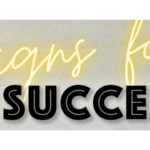

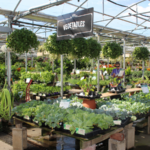

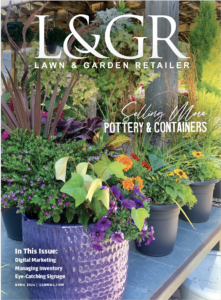
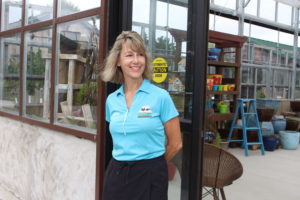

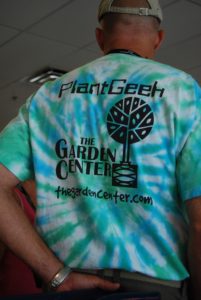
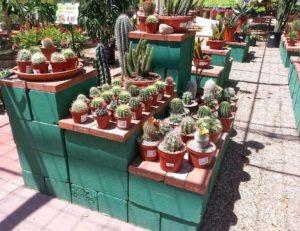
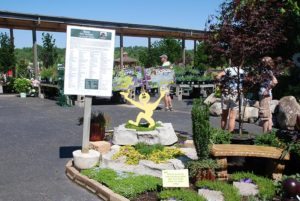
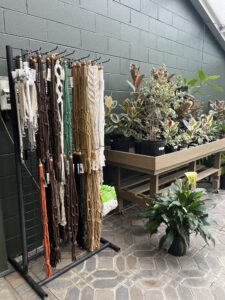
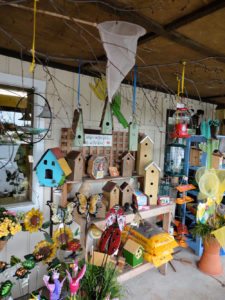
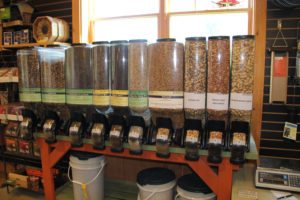
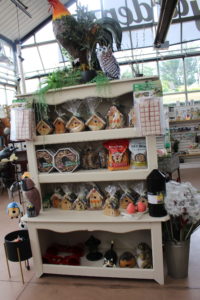
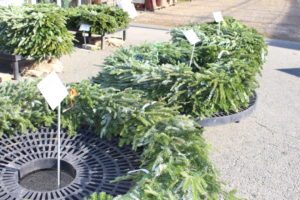

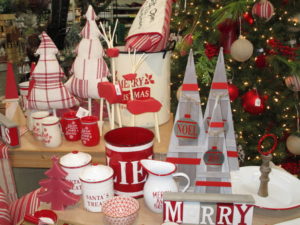
 Videos
Videos




